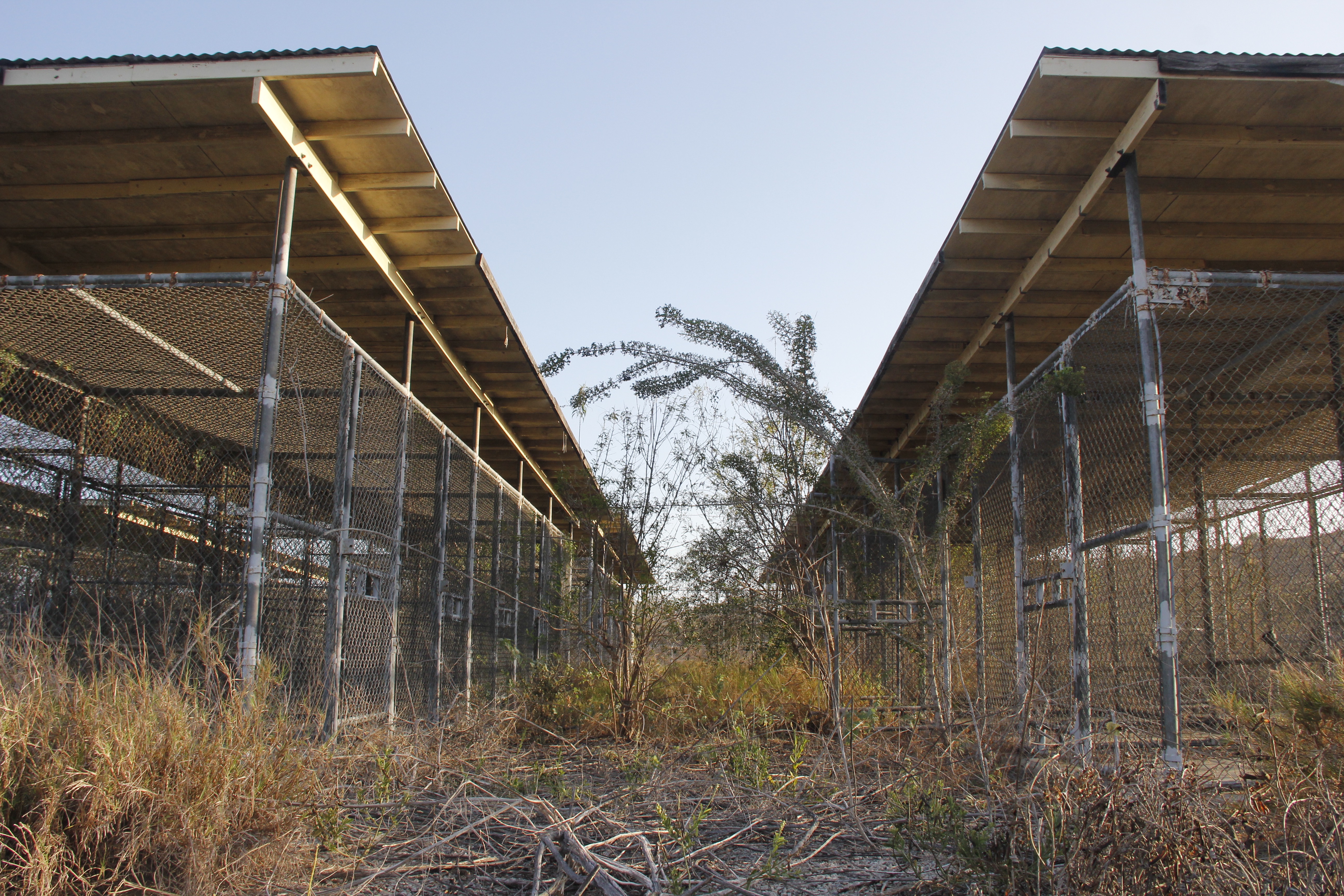GUANTANAMO BAY, Cuba — At a pretrial hearing in the case against the accused mastermind of the USS Cole bombing, a former Army interrogator — nicknamed the “King of Torture” — said he subjected a prisoner held at Bagram prison in Afghanistan to days of sleep deprivation and stress positions.
But prosecutors argued Friday that the treatment of the prisoner did not meet the legal threshold for torture.
The United States accuses Abd al-Rahim al-Nashiri, a Saudi Arabian citizen, of being the mastermind behind the bombing of the USS Cole while it was refueling in the port of Aden, Yemen, in 2000. The attack killed 17 sailors and wounded close to 40. Al-Nashiri has been held at Guantanamo Bay since 2006 after being detained for several years by the CIA.
Despite over a decade of pre-trial hearings, his case has yet to reach trial.
At the heart of the case sits the evidence the government intends to use against al-Nashiri, much of which defense attorneys say is tainted because it was obtained through torture.
On Thursday, Damien Corsetti testified he was part of the interrogation team for Ahmed al-Darbi, an admitted al-Qaida terrorist, and described in detail the techniques used against him to solicit compliance in 2002. Al-Darbi later went on to give officials evidence against al-Nashiri and was eventually held at Guantanamo Bay before his release in 2018.
Al-Darbi and Corsetti first met in August 2002 when Corsetti took part in al-Darbi’s prison’s intake procedure. During the process, al-Darbi was stripped naked and subjected to a cavity search before being evaluated, Corsetti said.
At that point, Corsetti said, al-Darbi was evaluated to be “highly knowledgeable and not cooperative.” But that would soon change. After six weeks of being subjected to Corsetti’s actions, Corsetti said that it was his understanding that al-Darbi became “compliant.”
Following al-Darbi’s intake, military interrogators forced him to undergo a process called “monstering,” Corsetti said, describing a 72-hour procedure of around-the-clock stress positions and interrogations.
Although his official title was “interrogator,” Corsetti said his role in al-Darbi’s interrogations wasn’t to ask questions but to achieve compliance. Over the course of 20 to 30 sessions conducted over six weeks, Corsetti said he smashed furniture against the walls, yelled and even used al-Darbi as a human “ashtray” while he sat and read a book.
On one occasion, Corsetti said he required al-Darbi to clean up gallons of human waste and diesel fuel that had spilled from the make-shift toilet in the prisoners’ cages using two pieces of cardboard.
Throughout the later portion of Corsetti’s time with the detainee, the two agents dispatched from the FBI also began to question al-Darbi — a process that lasted several months and resulted in some of the evidence the prosecution wants to use during trial.
The two agents have since testified that al-Darbi appeared in fine condition during their interviews and did not complain about his treatment.
On Friday, prosecutors argued that while Corsetti’s treatment toward al-Darbi was “unpleasant,” it did not qualify as torture under its legal definition. Nor did the treatment qualify as cruel, inhumane or degrading, according to the prosecution.
To qualify, Corsetti’s actions would have needed to be more extreme and have a greater degree of damage, the prosecution said, citing the FBI agents’ testimony.
“They [the prosecution] are asking us to set aside what we know to be abhorrent,” said Lt. Alaric Piette, a member of al-Nashiri’s defense team.
Corsetti was initially hesitant to testify and said he planned to invoke his right against self-incrimination. However, he was ineligible for the right, according to the judge, Army Col. Lanny J. Acosta Jr., because the statute of the limitations has expired.
The former Army interrogator was previously charged with several crimes related to his treatment of detainees, although a military jury eventually cleared him of all charges
The court is expected to hear testimony next week from James Mitchell, one of the architects of the CIA’s torture program. After being taken into U.S. custody in 2002, the CIA tortured al-Nashiri through its “enhanced integration methods” at its secret black site prisons.
Lawyers representing al-Nashiri requested six days to question Mitchell, according to an announcement from Acosta on Tuesday.


